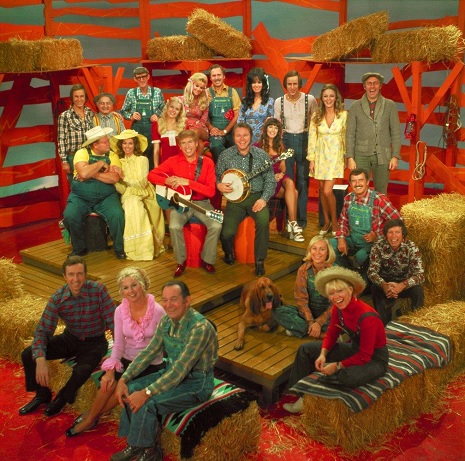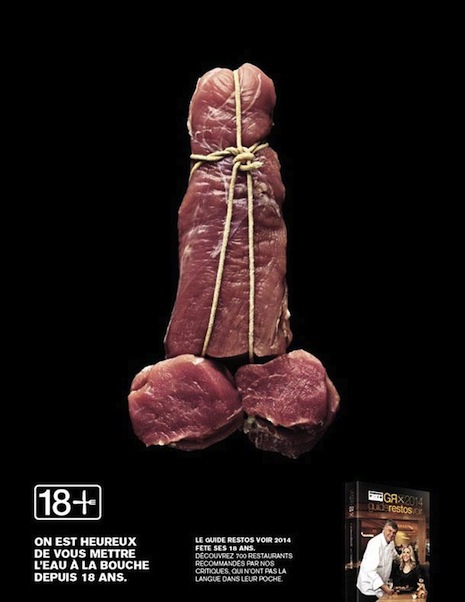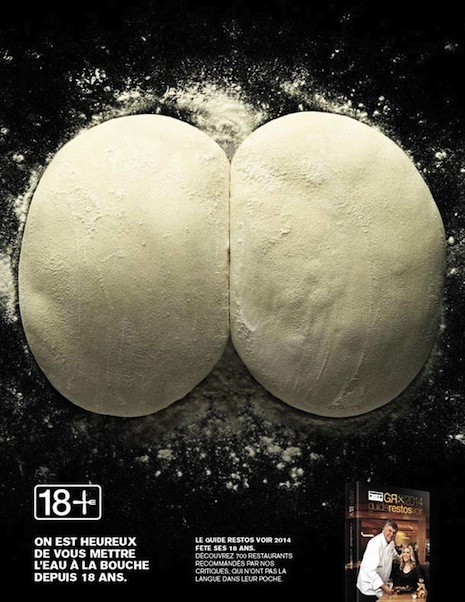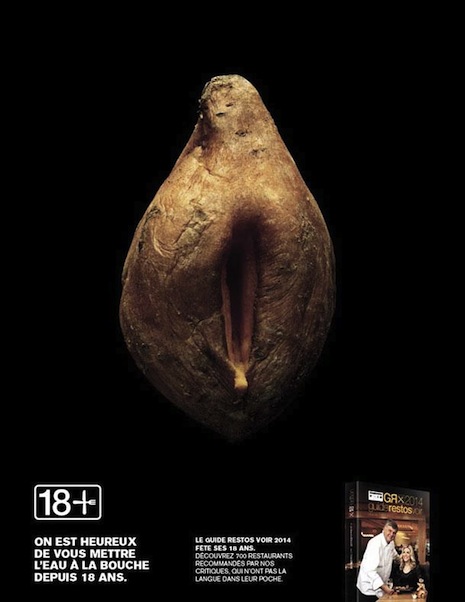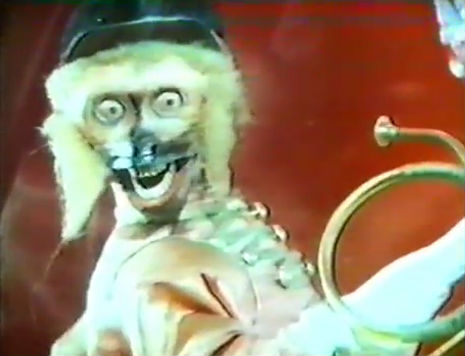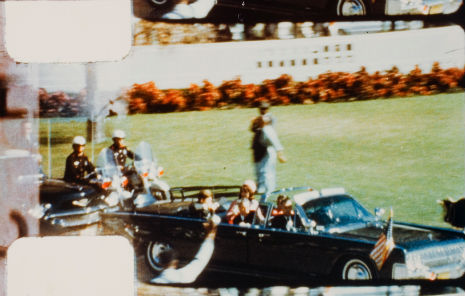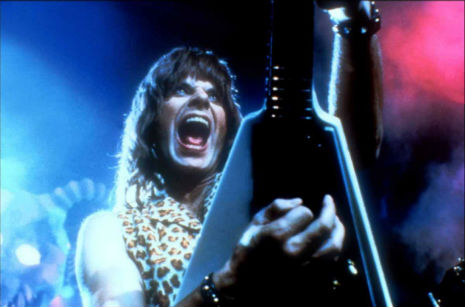
Chronology is the damndest thing. Everybody knows the fantastic scene in This is Spinal Tap in which the band commissions a Stonehenge set but mistakenly asks for a model of 18 inches instead of 18 feet, which tiny replica then finds its way into a real Tap concert—even though nobody has informed the band’s members of the mixup beforehand.
That gag was first presented to the public on March 2, 1984, when the movie was released. A year earlier, in August 1983, Black Sabbath (one of the primary sources for Spinal Tap) released Born Again (October 1983 in the U.S.), one of their most poorly reviewed efforts. The second track on the album is a brief instrumental called “Stonehenge”—and on their 1983 Born Again tour, Black Sabbath hilariously had to shelve a Stonehenge stage concept because the scenery was much too big to use—someone had misinterpreted the requested foot measurements as meters, making all of the pieces roughly nine times too large (remember your volume calculations in high school geometry?).
It’s tempting to conclude that Spinal Tap nicked the gag off of this real-life precursor. But there are problems with this theory. For one thing, Black Sabbath’s North American tour didn’t start until mid-October 1983, and the incident with the Stonehenge set didn’t occur until around October 21, when they hit Montreal. It seems unlikely that they hadn’t finished principal photography on This is Spinal Tap by then (the project had already been kicking around for a while), and nothing about the Stonehenge gag suggests a rush job—a full song was composed, a live rendition was recorded, and so forth.
But that’s not all. When This is Spinal Tap was much closer to the pitch stage, Rob Reiner and his three principals, Christopher Guest, Michael McKean, and Harry Shearer (who did the bulk of the writing), put together Spinal Tap: The Final Tour, a 20-minute rough cut of the movie that they could show to financiers as an example of what the end result would look like. This footage dates from 1981 or 1982—well before Black Sabbath released Born Again—and the Stonehenge bit is there pretty much in its entirety.
So it’s all a complete coincidence—one of those uncanny examples of art anticipating life.

While we’re on the subject, let’s see what the members of Black Sabbath had to say about the Stonehenge incident. By the time of Born Again, Ozzy Osbourne was long gone, and Ronnie James Dio had quit the band after the previous album, Mob Rules. Tony Iommi and Geezer Butler were still in the band, and they actually wanted to release the material under a different name, but label considerations forced them to stick with the name Black Sabbath. They recruited Deep Purple singer Ian Gillan to do the vocals, but he quit the band after the tour. Original drummer Bill Ward, now newly sober, had sat out Mob Rules but returned for Born Again; it was the last Sabbath studio album Ward would play on.
According to a 1995 interview with Geezer Butler, this was what happened with the Stonehenge stage set:
Jeb Wright: There is also a part of the movie Spinal Tap that concerns Geezer Butler – or so I have been told. The idea of Stonehenge being too small actually came from Black Sabbath’s idea to make a Stonehenge stage set for the Born Again tour that was too large. My source gave you the credit for the whole mistake.
Geezer Butler: It had nothing to do with me. In fact, I was the one who thought it was really corny. We had Sharon Osbourne’s dad, Don Arden, managing us. He came up with the idea of having the stage set be Stonehenge. He wrote the dimensions down and gave it to our tour manager. He wrote it down in meters but he meant to write it down in feet. The people who made it saw fifteen meters instead of fifteen feet. It was 45 feet high and it wouldn’t fit on any stage anywhere so we just had to leave it the storage area. It cost a fortune to make but there was not a building on earth that you could fit it into.
JW: Where is Stonehenge now?
GB: I last saw it on the docks in New York on the same tour.
JW: So somewhere these things are around.
GB: They were probably thrown into the Atlantic Ocean.
JW: One day a futuristic society will find them.
GB: They will think it is Atlantis.
So wait—Sharon Osbourne’s dad was probably responsible for the mixup, which must mean that the part of Jeanine Pettibone in This is Spinal Tap is basically Sharon Osbourne, right? I don’t think I had put that together before.
In an interview in Mojo magazine in December 1994, Gillan largely confirms the story but says that the whole Stonehenge idea was Butler’s, which Butler obviously denies (see above):
We were up at a company called LSD (Light and Sound Design) in Birmingham, and the lighting engineer asked if anyone had any ideas for a stage set. Geezer Butler suggested Stonehenge. “How do you envisage it, Geezer?” asked the engineer. “Life size, of course,” replied Geezer. So they built a life-size Stonehenge. We hired the Birmingham NEC [National Exhibition Centre] to rehearse in and they couldn’t get these bloody things in there. We opened in Montreal and Don Arden had hired Maple Leaf ice hockey stadium for a week, so they shipped the set over there and could still only get a few of those damn stones up, one each side of the stage, one behind the drums and two cross-pieces.
According to Gillan, there were further misadventures involving dry ice and (as in the movie) a dwarf:
Then we hear this horrendous screaming sound—they’ve recorded a baby’s scream and flanged it—and suddenly; we see this dwarf crawling across the top of Stonehenge, then he stands up as the baby’s scream fades away and falls backwards off this 30 foot fibreglass replica of Stonehenge onto a big pile of mattresses. Then dong, dong—bells start toiling and all the roadies come across the front of the stage in monk’s cowls, at which point War Pigs starts up. By now we can see the kids are either in stitches or wincing in horror.
After spending 40 grand a day to achieve all this, someone had economised by not actually trying out the dry ice in the afternoon run through. So as I stride confidently towards my prompt book, not even knowing the first word of the song, I’m suddenly shocked to see a chest-high cloud of dry ice is berating me to the front of the stage. So there I am after this big opening, kneeling down, swatting the air and trying to read me line, popping my head above this cloud every now and then. Someone shouted “It’s Ronnie Dio!”
Butler thinks the original Stonehenge plinths are in the Atlantic Ocean, but I found a reference online to the effect that “the design company LSD (Light and Sound Design) ... still have the model in their possession. At one point, it was going to be donated as an auction prize for a children’s charity, but since it was touring around rock museums all over the world as part of an exhibition, this never happened.”
Is this true? Did anyone reading this ever see a tour at a “rock museum” that included the original Black Sabbath model of Stonehenge?
“Spinal Tap: The Final Tour,” part 1:
More after the jump…
Posted by Martin Schneider
|
11.19.2013
12:45 pm
|
